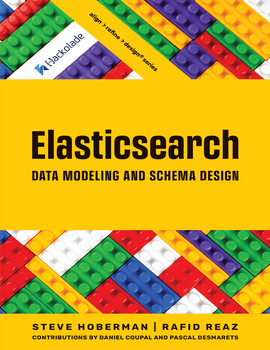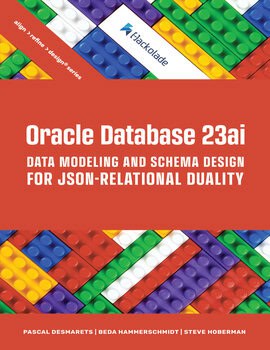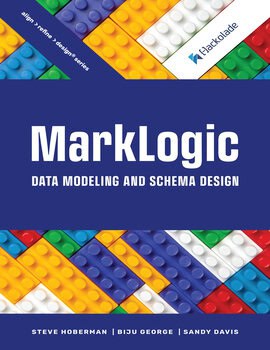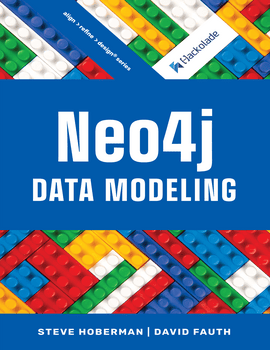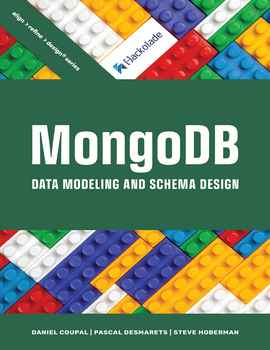The Align > Refine > Design Series
The Align > Refine > Design Series, by Steve Hoberman and industry experts
The Align > Refine > Design series covers conceptual, logical, and physical data modeling (schema design and patterns) for leading technologies, combining proven data modeling practices with database-specific features to produce better applications.
Topics
Introduction: About Data Models
Data model explanation
Three model characteristics
Precise
Minimal
Visuals
Three model components
Entities
Relationships
Attributes and keys
Three model levels
Business terms (Align)
Logical (Refine)
Domain-Driven Design
Physical (Design)
Three model perspectives
Relational
Dimensional
Query
Chapter 1: Align
Purpose
Our animal shelter
Approach
Step 1: Ask the six strategic questions
Step 2: Identify and define the terms
Step 3: Capture the relationships
Step 4: Determine the visual
Step 5: Review and confirm
Three tips
Three takeaways
Chapter 2: Refine
Purpose
Approach
Step 1: Apply elicitation techniques
Analyze workloads
Quantify relationships
Step 2: Refine queries
Step 3: Capture attributes and relationships
Three tips
Three takeaways
Chapter 3: Design
Purpose
Approach
Step 1: Select database(s)
Step 2: Add secret sauce
Inner objects vs. parent/child vs. nesting
Inner objects
Parent/child types
Nesting
Rules and guidelines to choose between inner objects, referencing, and nesting
Schema design approaches
Application side joins
Denormalization
Parent-child
Nested object
Creating an Index Mapping
Field Types
Characteristics
Schema validation
Monitoring schema evolution
Schema migration
Step 3: Optimize
Indexing
Sharding
Generation of test data
Three tips
Three takeaways
About Steve
Steve Hoberman is a world-recognized innovator and thought-leader in the field of data modeling. He has worked as a business intelligence and data management practitioner and trainer since 1990. He is the author of Data Modelers Workbench and Data Modeling Made Simple, the founder of the Design Challenges group and the inventor of the Data Model Scorecard®.
About Rafid
Rafid entered the Data Modeling space at the young age of 22, after completing his undergraduate degree in Biology and Mathematics from the University of Ottawa. In July 2020, he became the 10th person worldwide and first Canadian to enter the Data Modeling Institute’s DMC Hall of Fame. He has experience creating and expanding standardized financial data models and data delivery mechanisms using various modeling techniques. He also has experience in the data analytics space, performing in-depth analysis of Capital Markets, Retail Banking, and Insurance data. He has worked on both relational and NoSQL data models. Rafid was a speaker at the 2021 Data Modeling Zone Europe conference, where he spoke about reverse engineering physical NoSQL data models to logical data models. In his spare time, Rafid enjoys recording music and creating digital art. Having a creative mind, he enjoys the design process and innovation associated with data modeling.
Faculty may request complimentary digital desk copies
Please complete all fields.
